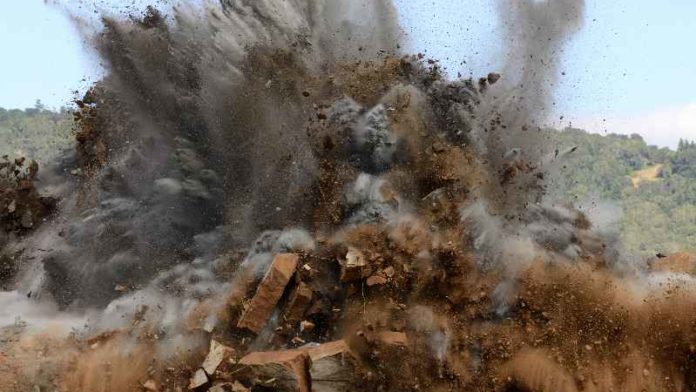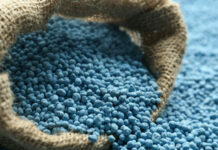
NET profits earned by the world’s 40 biggest miners plunged by 44% in 2023 compared with 2022 and are expected to drop by another 36% in 2024 on a combination of lower commodity prices and above-average inflation, PwC said in its annual Mine 2024 report.
It said total revenues of the world’s top 40 mining companies fell by 7% in 2023 compared with 2022 and are expected to slide another 6% in 2024. Although gold and uranium prices rose strongly, with the spot price of uranium soaring from under $50/lb to over $100/lb in early 2024, declines in coal, lithium, copper and platinum group metals (PGMs) prices pushed six companies out of the 2022 Top 40 list.
In 2023, the total number of merger and acquisition deals among the top 40 miners dropped about 15% from 2022, but 40% of those deals involved critical minerals. Copper and lithium accounted for 70% of the critical minerals deals. In PwC’s 2023 Mine Report, it identified critical minerals as a top preoccupation among big miners, with the advent of governments as financiers and incentivizers.
Andries Rossouw, PwC’s Africa Energy, Utilities and Resources Leader, said the drop in prices of certain critical minerals last year did not deter the volume of dealmaking, as price volatility presents opportunities, but the lower prices affected the total value of deals.
He said interest in copper acquisitions has persisted through both 2022 and 2023, despite price fluctuations, because demand for copper in infrastructure and electrification continues throughout cycles. It was reflected in the recent BHP bid for Anglo American’s copper assets.
PwC identified food security as an important area of focus for mining in coming years, as the global population is expected to be 1.9 billion greater by 2050. This means crop yields have to improve.
Minerals and metals contribute to food security in a number of ways, including through fertilisers, water treatment and soil improvement. Fertiliser is the most important area, where PwC said there is a need for a substantial increase in global production of phosphorus and potassium. Phosphorus is now classified as a critical mineral by China and the EU and its production has to increase by 25% or 55 million tonnes a year to meet agricultural needs.
Other global mining themes that PwC singled out in its report included recycling and AI. Recycling will help to address the supply gap, especially in critical minerals, but there is little incentive to recycle at low prices.
PwC said about 30% of copper is being recycled and this level should be a goal for other commodities.
AI is driving demand for key commodities (in semiconductor chips and storage devices) and also supports mining processes, e.g. it is used in recycling to achieve greater efficiency in sorting, supply chain optimization and quality control.









